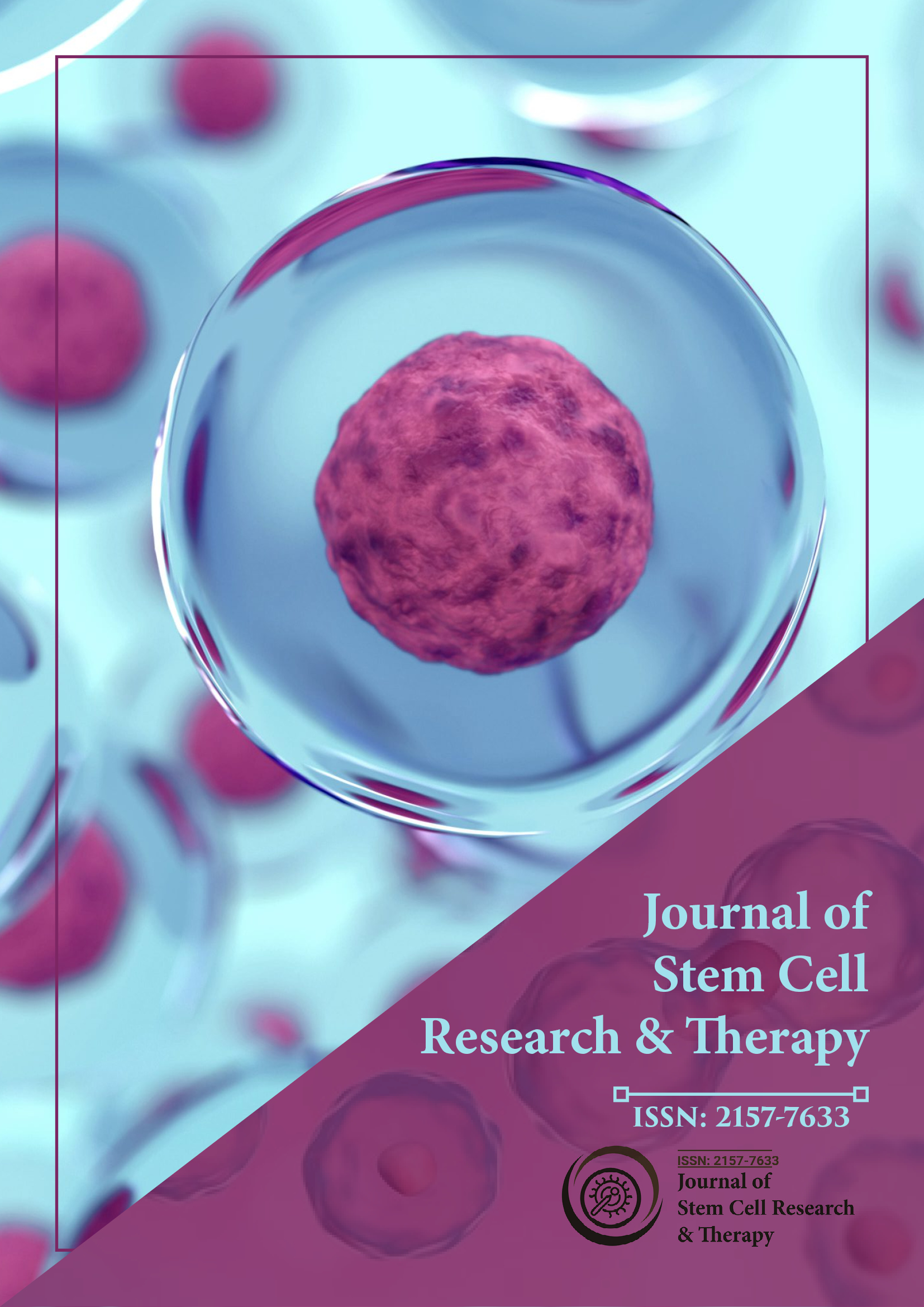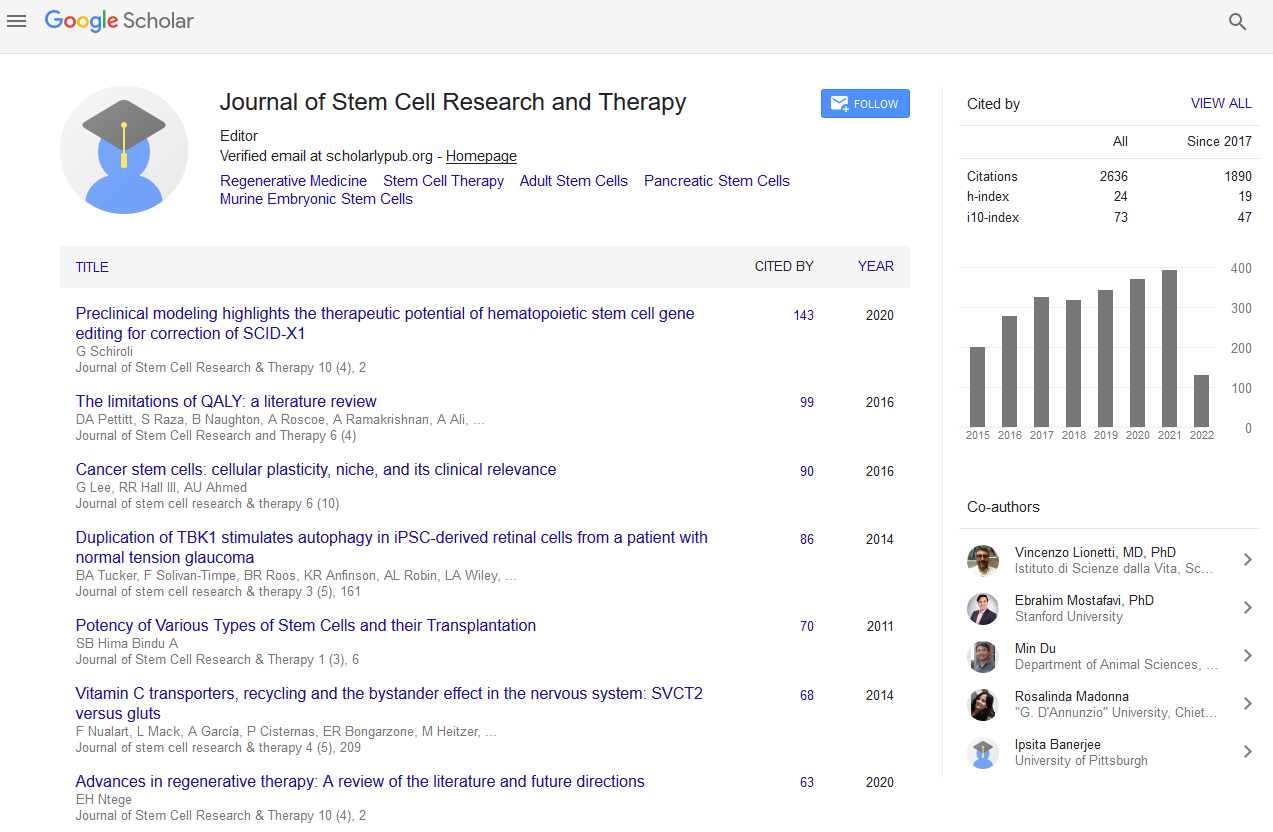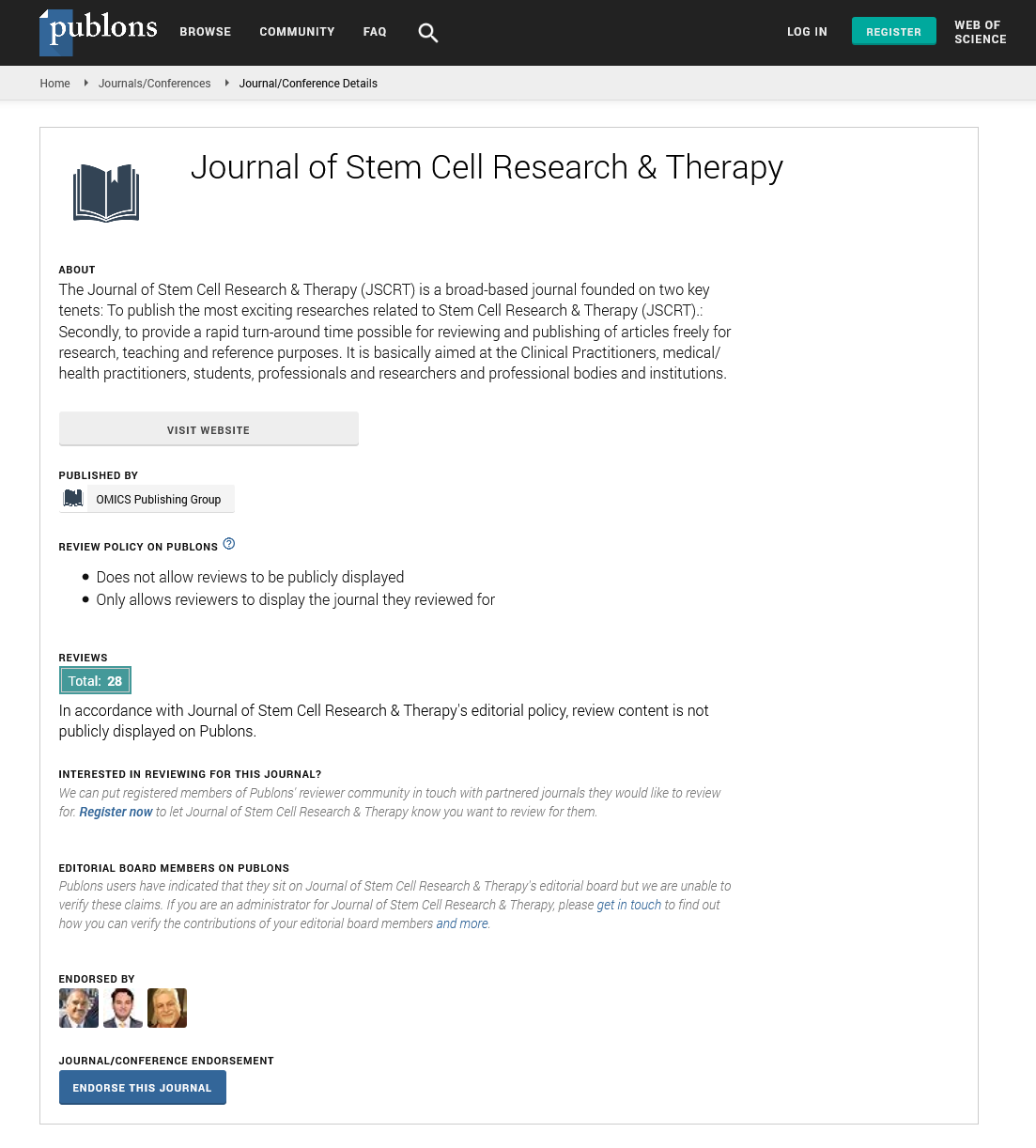Indexed In
- Open J Gate
- Genamics JournalSeek
- Academic Keys
- JournalTOCs
- China National Knowledge Infrastructure (CNKI)
- Ulrich's Periodicals Directory
- RefSeek
- Hamdard University
- EBSCO A-Z
- Directory of Abstract Indexing for Journals
- OCLC- WorldCat
- Publons
- Geneva Foundation for Medical Education and Research
- Euro Pub
- Google Scholar
Useful Links
Share This Page
Journal Flyer

Open Access Journals
- Agri and Aquaculture
- Biochemistry
- Bioinformatics & Systems Biology
- Business & Management
- Chemistry
- Clinical Sciences
- Engineering
- Food & Nutrition
- General Science
- Genetics & Molecular Biology
- Immunology & Microbiology
- Medical Sciences
- Neuroscience & Psychology
- Nursing & Health Care
- Pharmaceutical Sciences
Abstract
Clinical Outcome of Autologous Cultivated Limbal Epithelial Transplantation Therapy for Patients with Ocular Surface Disease
Umapathy T, Alias R, Lim MN, Alagaratnam J, Zakaria Z and Lim TO
Introduction: Cultivated Limbal Epithelial Cells Transplantation (CLET) has been proven effective in reconstructing cornea surface of Limbal Stem Cell Deficiency (LSCD). To better understanding the potential and risk of this treatment in our current setup, we conducted a phase I clinical trial and determined the outcome of cultivated limbal epithelial transplantation for Ocular Surface Disease (OSD).
Methods: Prospective interventional trial was conducted in Hospital Kuala Lumpur, Malaysia. Fourteen eyes of 14 patients with limbal stem cells deficiency: chemical injury (6), advanced pterygium (4), advanced Vernal Kerato Conjunctivitis (VKC) (2), Persistent Epithelial Defect (PED) (1) and Ocular Cicatricial Pemphygoid (OCP) (1) were selected according to the inclusion/exclusion criteria. Autologous cornea limbal epithelial stem cells were cultured on human amniotic membrane and subjected to immunohistological staining for a panel of markers (ABCG2, cytokeratins (K) 3, K19, p63, involucrin, integrin α9 and K14). Cell sheets with epithelial morphology and growth area greater than 80% will be used for CLET. Two weeks later, the tissue was transplanted to the recipient eyes after superficial keratectomy. The patients were followed up for 1 year. Outcome measures were improvement of symptoms, an improvement in visual acuity, no conjunctivalisation and vascularisation and healed persistent corneal epithelial defect.
Results: Ten patients (71.4%) had an improvement in visual acuity of at least two lines at 6 months and one year (p<0.05%). Thirteen patients (92.8%) had cornea epithelisation in 1 month. The patient with persistent epithelial defect (PED) healed in 3 months and the patient with ocular cicatricial pemphygoid (OCP) had recurrent cornea epithelial defect at 6 months and healed after one year. On slit lamp examination, eight patients (57.1%) had no cornea vascularisation in 6 months and 1 year (p<0.05%). Ten patients (71.4%) had no cornea conjunctivalisation in 6 months and 1 year (p<0.05%).
Conclusions: Transplantation of cultivated autologous limbal epithelial cell can efficiently restore the cornea with improved vision. Patients with chemical injury, advance pterygium group had better outcome results.


